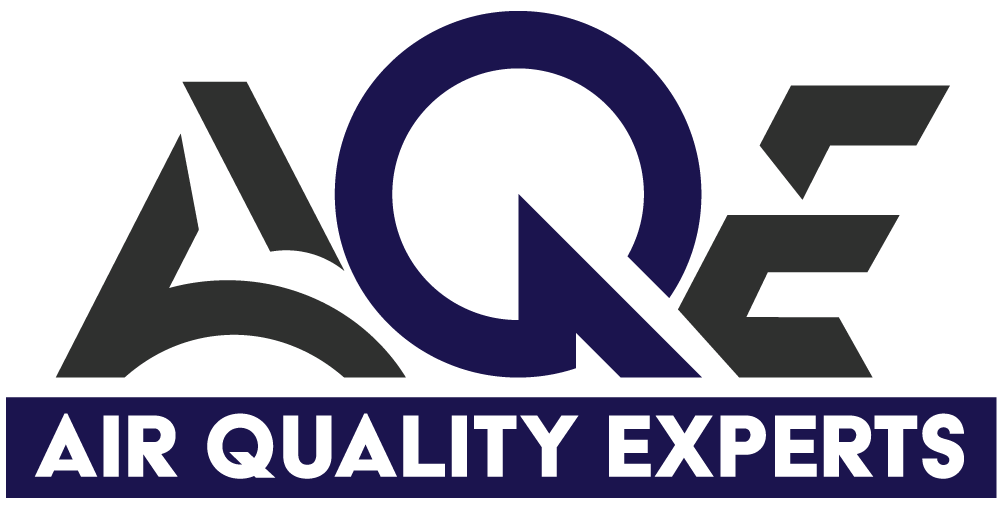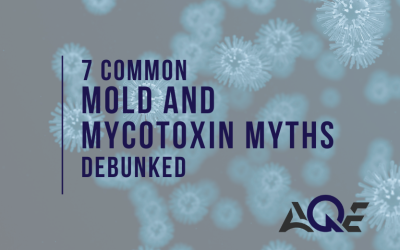DIY Mold Testing
It’s easy to understand why homeowners might be tempted to attempt a DIY mold fix. Mold can appear out of nowhere, and with the abundance of online guides and affordable DIY mold testing kits, handling the issue yourself can seem like a fast and cost-effective solution. Many people feel that DIY mold remediation is something they can manage over a weekend with a few supplies from the local hardware store. However, while the DIY route may seem appealing, testing and remediating mold yourself can be risky, ineffective, and even dangerous for you and your family.
A DIY mold fix might be tempting…
Many people turn to a DIY mold fix for financial reasons. Hiring a professional can be costly, and the thought of saving money by using an over-the-counter DIY mold testing kit or trying to clean up mold on your own is understandable. It also provides a sense of immediate convenience, as a visible mold spot in your basement or bathroom might seem like something you can handle quickly. There’s also the empowering feeling that comes with being able to fix problems in your home yourself. But when it comes to mold, DIY mold remediation often leads to bigger issues down the line.
DIT Mold Testing Comes with Risks
One of the first major pitfalls of DIY mold testing is the inaccuracy of the test kits available to consumers. According to research from Consumer Reports, many over-the-counter mold tests are unreliable, often leading to false positives. These kits measure mold spores in the air, but the reality is that mold spores are always present in the environment, even at low, harmless levels. DIY kits also fail to detect mold that’s growing behind walls, under floors, or in the attic—areas where mold is often hidden. Professionals use specialized equipment, such as infrared cameras and moisture meters, to locate mold in places that a DIY mold fix simply cannot reach.
Another risk of DIY mold testing is the potential to misidentify the type of mold in your home. Some molds are relatively harmless, while others, like Stachybotrys (black mold), can produce dangerous toxins known as mycotoxins (if you want more information on those, we wrote a blog about it!). Without professional training, it’s impossible to know whether the mold in your home is benign or harmful. Mold testing professionals are trained to identify the specific mold species present and assess the associated health risks.
The Limitations of DIY Cleaning Methods
Many DIY mold remediation approaches rely on surface-level cleaning, which can be ineffective. For instance, bleach is often recommended in DIY guides, but it only removes mold on non-porous surfaces and doesn’t penetrate porous materials like wood or drywall. Mold roots, known as mycelium, can continue to grow beneath the surface even after cleaning with bleach. Professional mold remediation services use specialized cleaning agents designed to eliminate mold entirely, even from porous surfaces.
The Risks of DIY Mold Remediation
DIY mold remediation also overlooks a critical aspect of mold prevention: addressing the underlying moisture problem. Mold thrives in environments where there is excess moisture, and if the source of the moisture—such as a hidden leak or poor ventilation—isn’t fixed, the mold will return, no matter how thorough the cleanup seems. Professional mold remediators don’t just clean up the mold; they also identify and address the root cause of the moisture to prevent future growth.
When it comes to removing mold, DIY methods are also risky because they often involve inadequate protective gear. Proper mold remediation requires specialized personal protective equipment (PPE), including N95 respirators, gloves, goggles, and full-body suits to prevent exposure to mold spores. Without this protection, you risk inhaling dangerous mold spores or coming into contact with mycotoxins, which can lead to serious health issues, including respiratory problems, headaches, and allergic reactions.
Cross-contamination is another significant concern with DIY mold remediation. When you try to remove mold without proper containment, mold spores can become airborne and spread to other parts of your home. Professionals use advanced containment techniques, such as sealing off the affected area and using negative air pressure systems, to ensure that mold spores don’t travel beyond the infected zone. In this way and in other ways, bad remediation is worse than no remediation at all.
The health risks associated with DIY mold remediation are especially concerning for individuals with respiratory conditions, allergies, or compromised immune systems. Exposure to mold can trigger severe reactions, including asthma attacks, skin rashes, and even long-term respiratory problems. According to the Centers for Disease Control and Prevention (CDC), improper mold handling can significantly worsen these risks. Professionals are trained to handle mold safely, using protective gear and containment procedures to minimize exposure.
Ultimately, DIY mold testing and remediation may seem like a quick and easy fix, but the risks far outweigh the benefits. Professionals have the experience, equipment, and knowledge necessary to handle mold problems effectively and safely. We can detect hidden mold, address underlying moisture issues, and ensure the proper removal of contaminated materials. By trusting a professional, you can ensure that your home is mold-free, safe, and protected from future issues.
If you suspect mold in your home, don’t take chances with a DIY mold fix. Contact us today for proper mold testing and remediation to safeguard your home and health.
Check out our other recent blogs:
A Comprehensive Guide to Preventing Mold Growth in Your Home
Preventing Mold Growth Mold isn't just an unsightly nuisance—it can pose serious health risks and damage your property. Whether you're dealing with Georgia's humid climate or simply want to maintain a healthy indoor environment, taking steps towards preventing mold...
7 Common Mold and Mycotoxin Myths Debunked
With myths of every sort pervasive on the internet, it can be hard to know what information is trustworthy. But when it comes to mold and mycotoxin myths, that confusion can cause real harm to your health or that of your family. As professionals, it's our job to cut...
Experience Convention in Las Vegas 2024
The Experience Convention in Las Vegas 2024 Attending the Experience Convention in Las Vegas this year was nothing short of incredible. As someone deeply invested in the air quality industry, this event was an eye-opener for the latest technologies and innovations...





